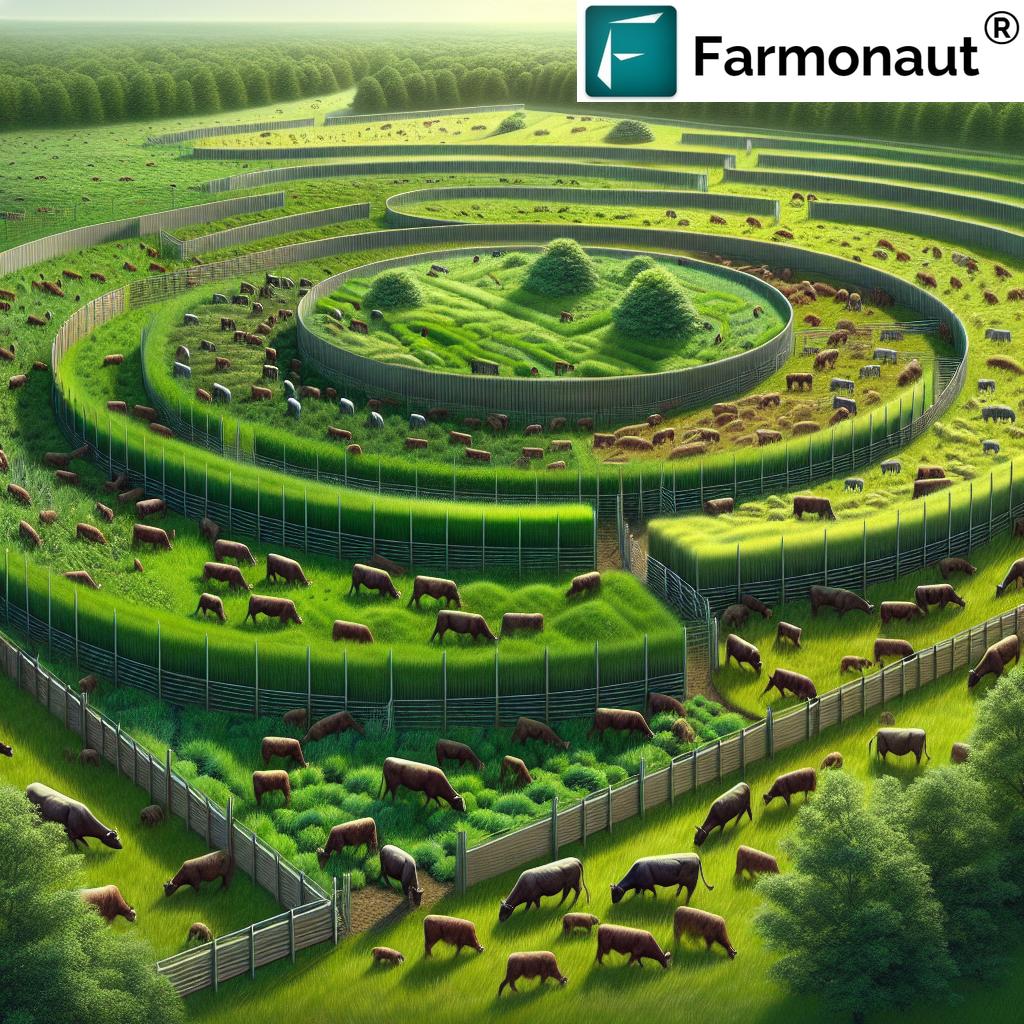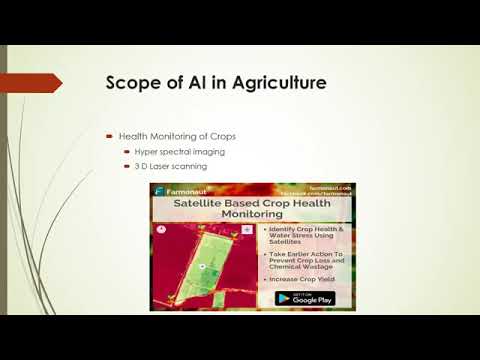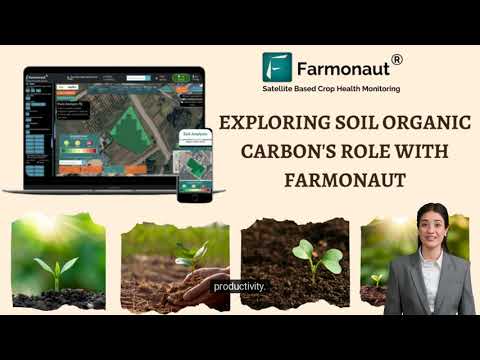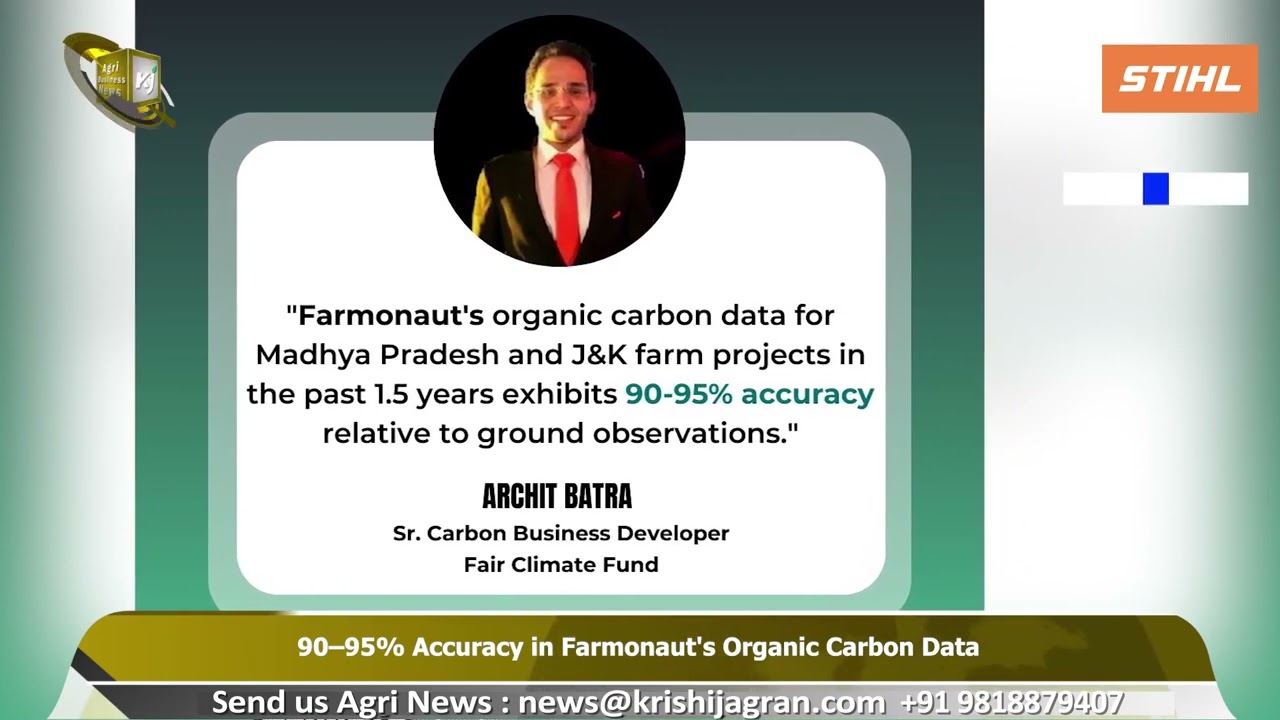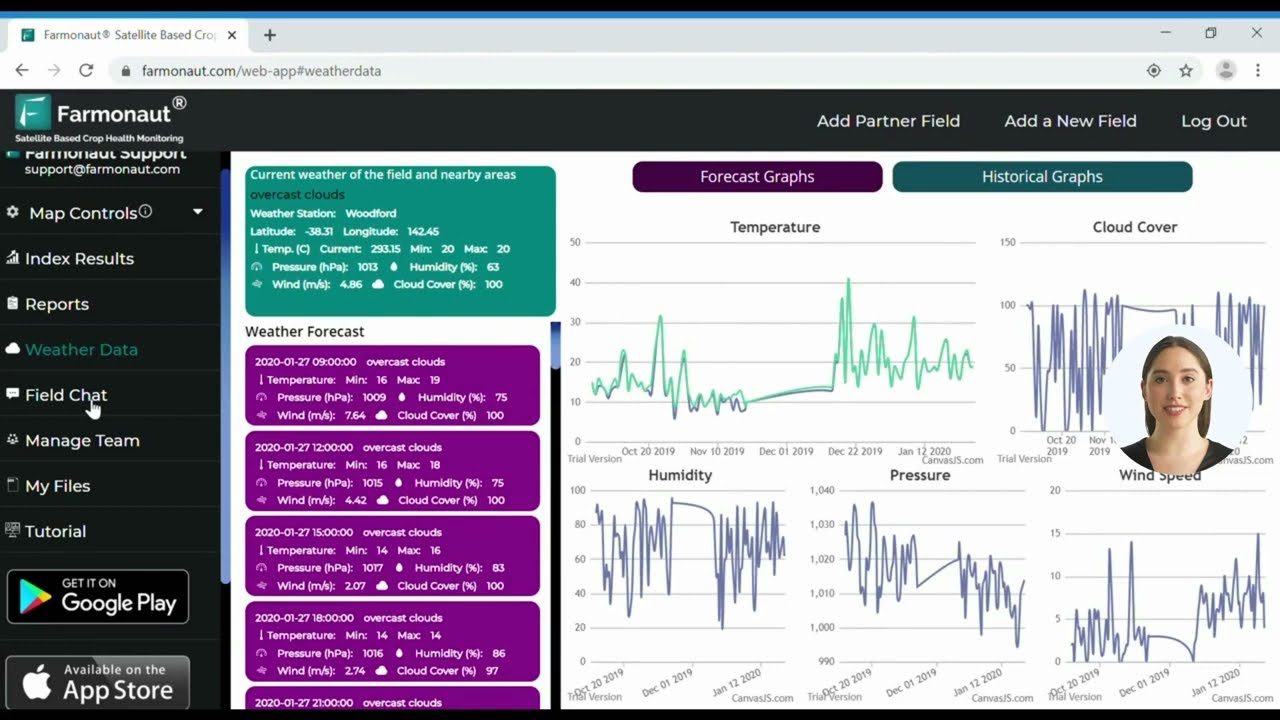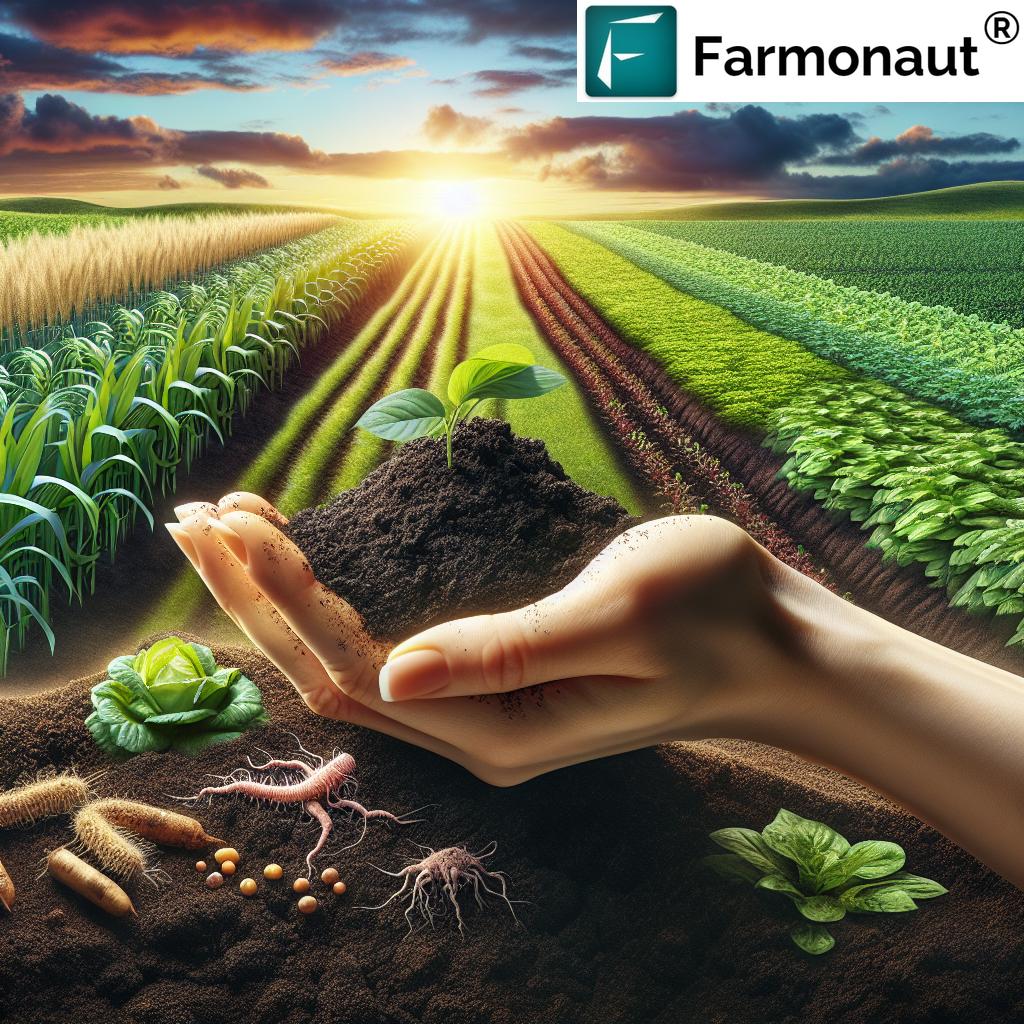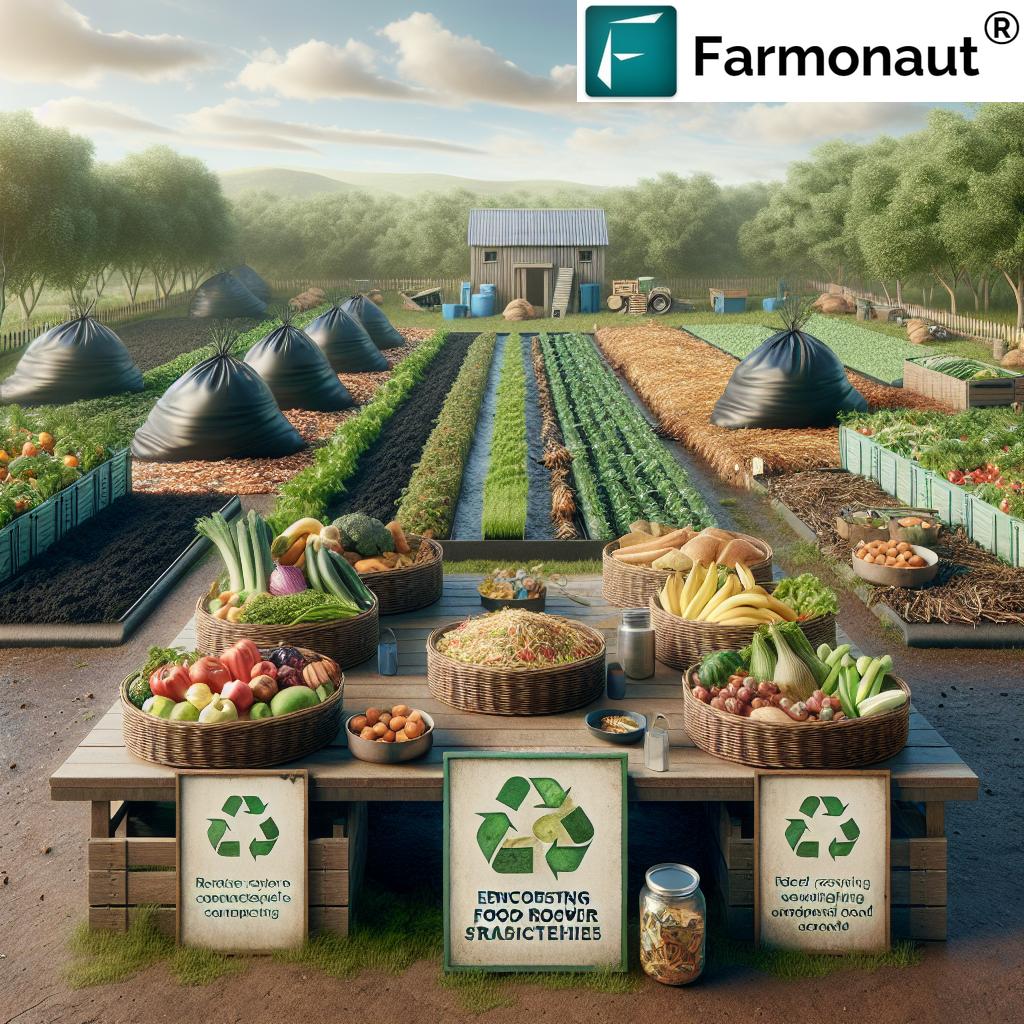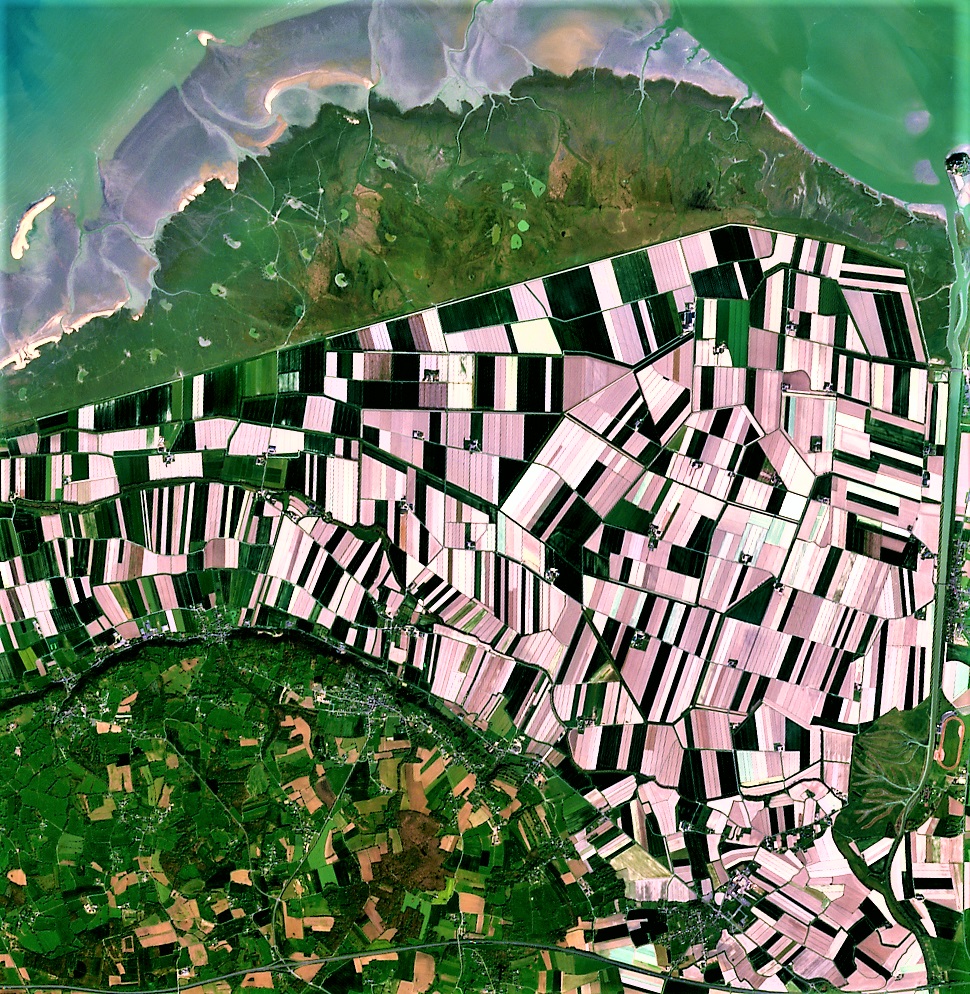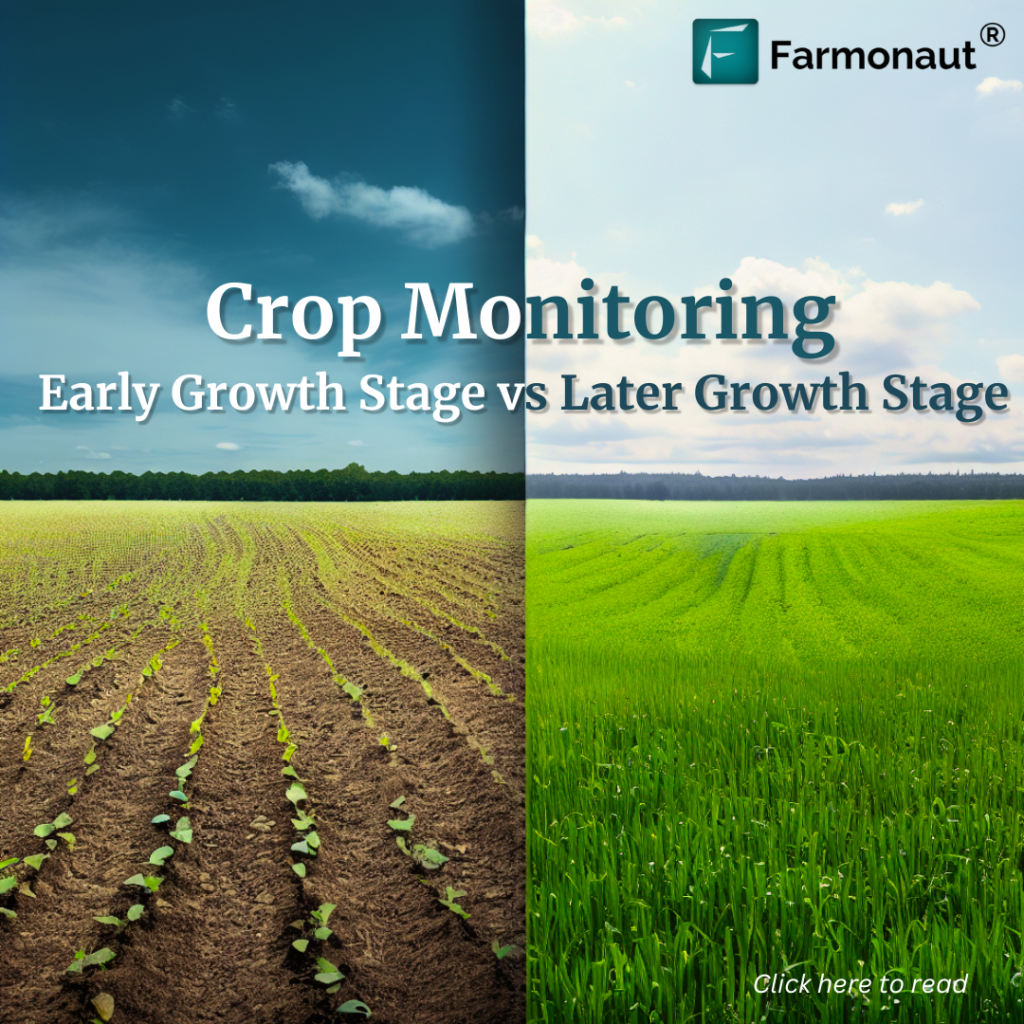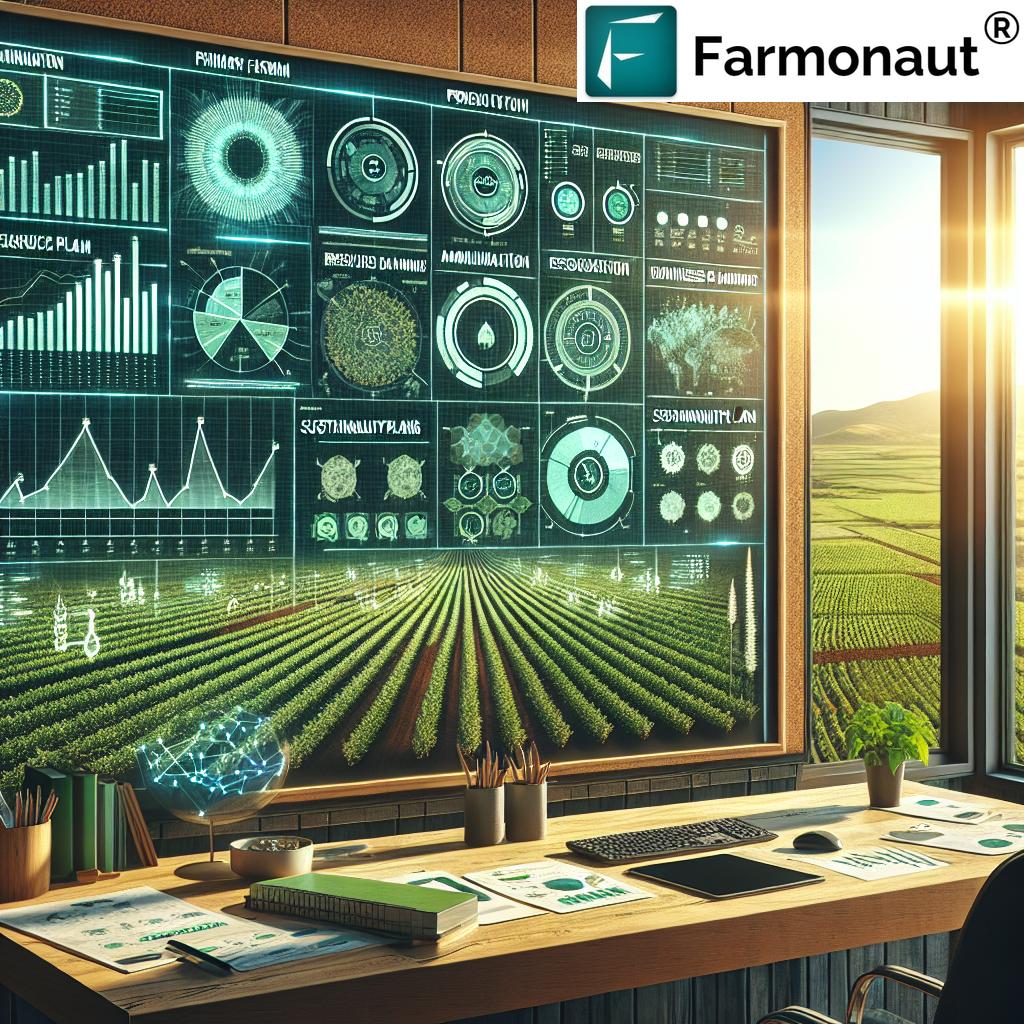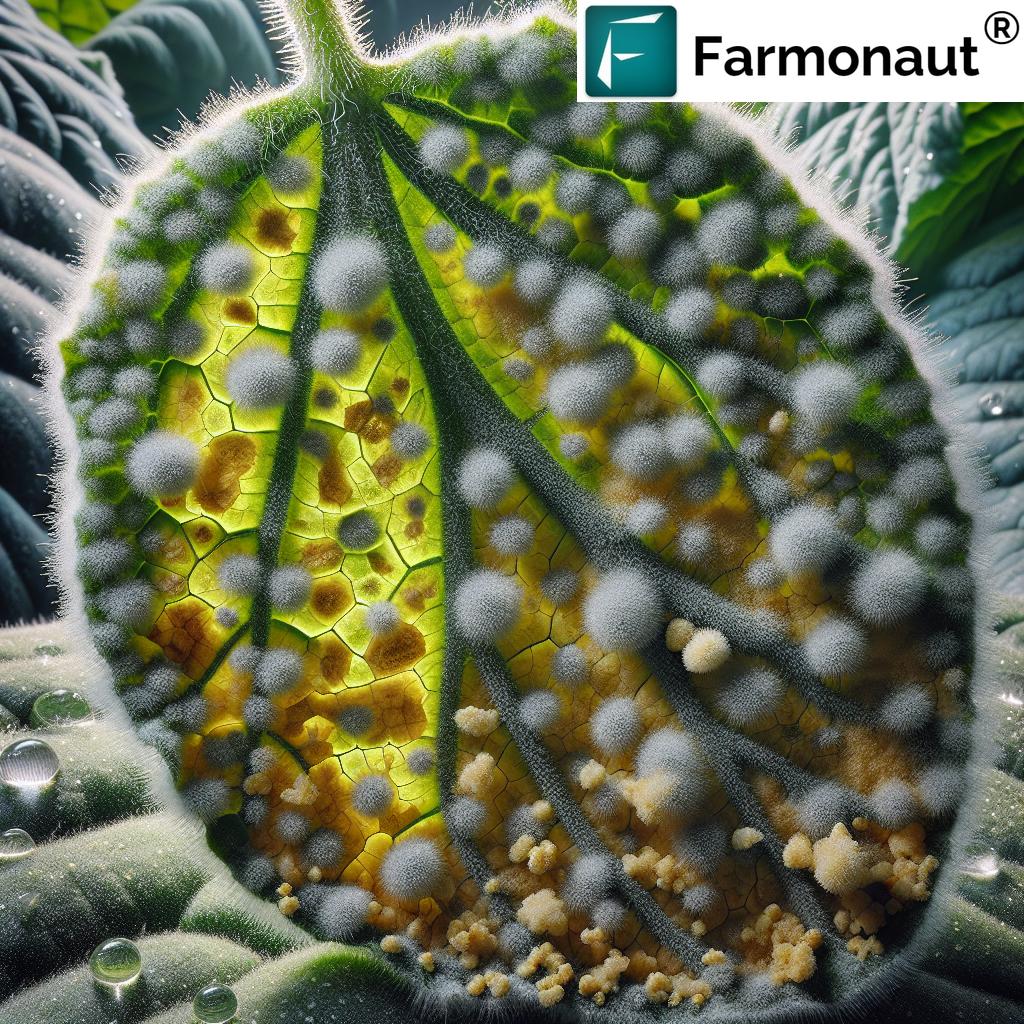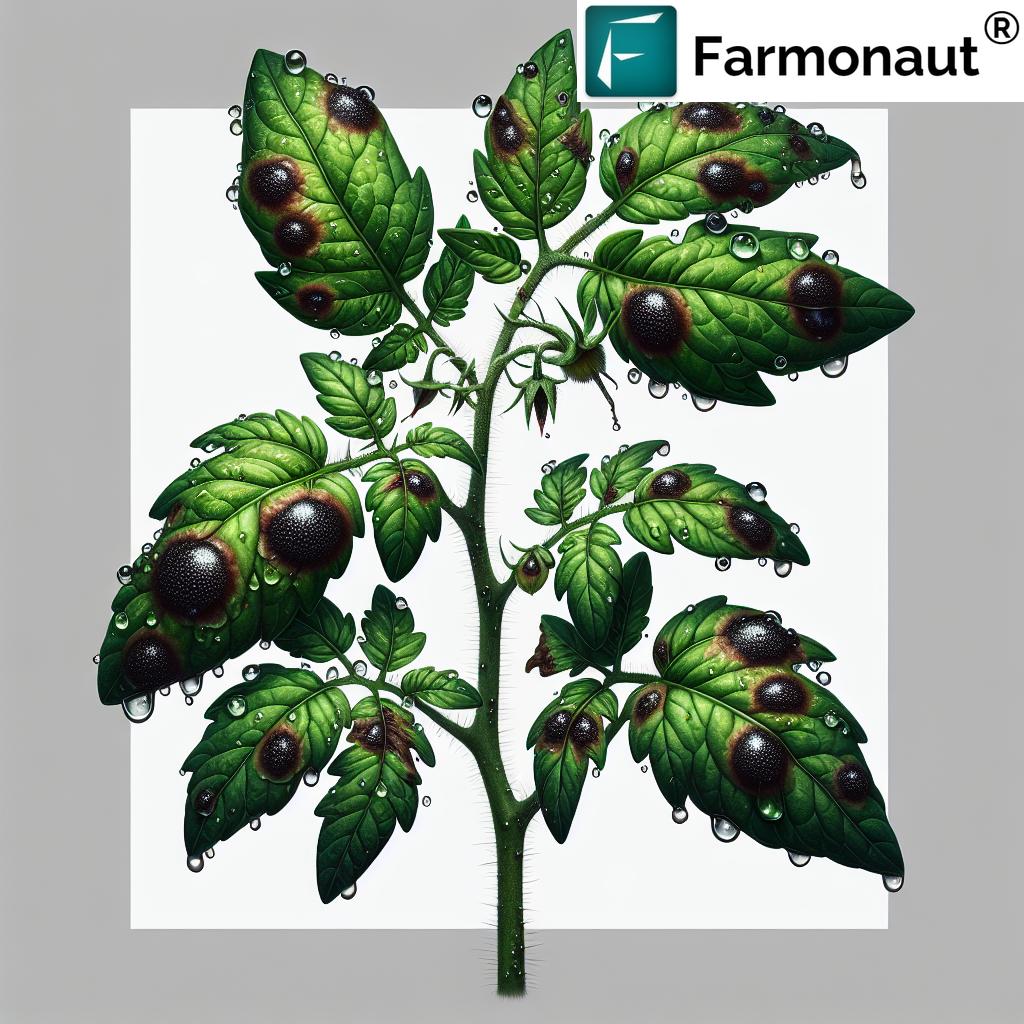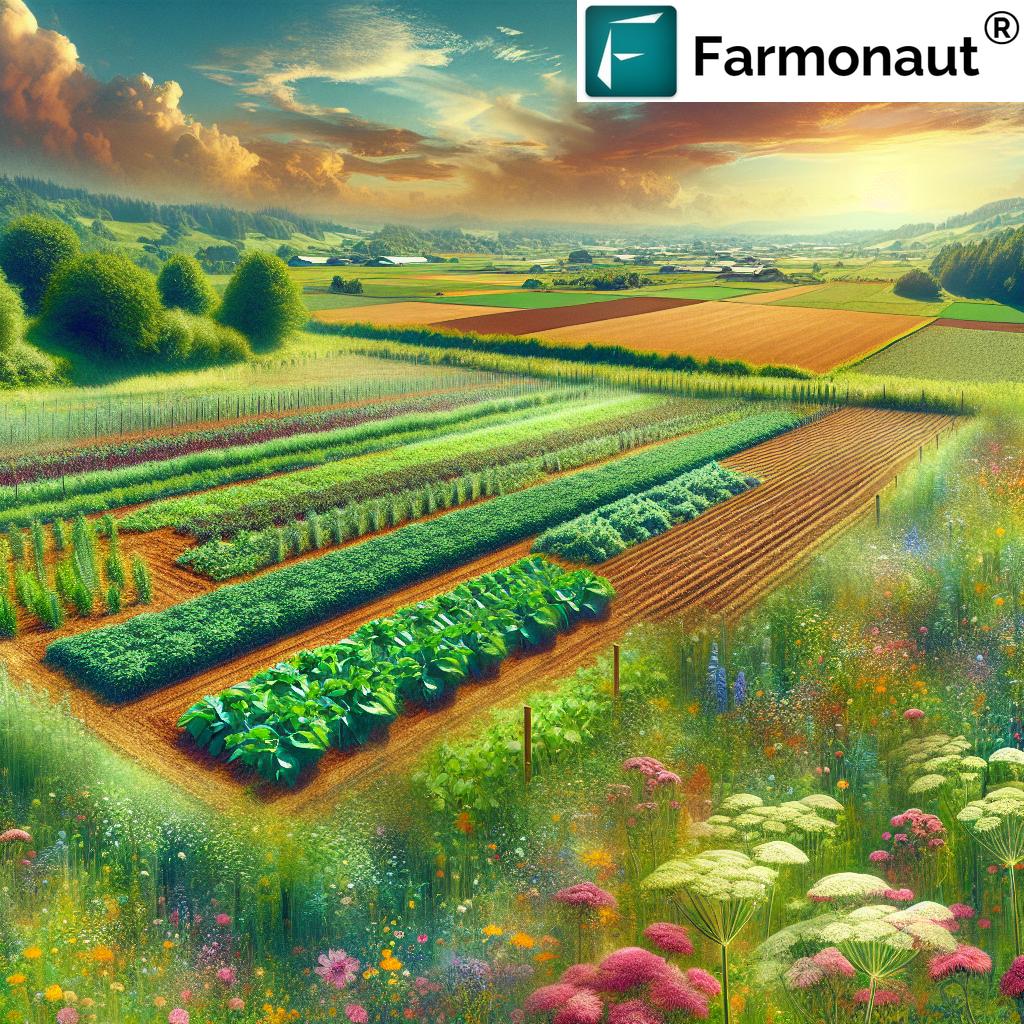Table of Contents
- Introduction: Grazing Grass for Sustainable Agriculture & Forestry
- Trivia: Impressive Impacts of Grazing Management
- The Role of Grazing Grass in Agriculture and Forestry
- Grazing Management Practices: Secrets to Success
- Secret #1: Rotational Grazing Systems for Greener Land
- Secret #2: Conservation Grazing and Biodiversity
- Secret #3: Silvopasture Benefits—Integrating Trees and Grazing
- Secret #4: Grazing and Soil Health—Carbon, Erosion & Productivity
- Secret #5: Precision Grazing Management with Technology
- Secret #6: Restoring Degraded Land & Preventing Overgrazing
- Secret #7: Enhancing Animal Welfare & Nutrition with Forage Planning
- Comparative Practices Table: Grazing Impact at a Glance
- Challenges & Considerations in Grazing Systems
- Farmonaut: Empowering Modern Grazing & Sustainable Practices
- Frequently Asked Questions (FAQ) about Sustainable Grazing Management
- Conclusion: Greener Paths through Smart Grazing
Grazing Grass Hacks: 7 Secrets for Greener Land
At the heart of sustainable agriculture, farming, and forestry lies a powerful, time-honored practice: grazing grass. Not only does grazing grass serve as the primary source of nutrition for millions of livestock—including cattle, sheep, goats, and horses—but it also plays a transformational role in ecosystem health, soil vitality, and agricultural productivity. In this in-depth exploration, we’ll reveal the seven most vital secrets behind greener land, harnessing innovative grazing management practices and highlighting the profound impact of integrating modern technologies with traditional wisdom.
We’ll examine rotational grazing, silvopasture systems, conservation grazing, and data-driven solutions to enhance biodiversity, improve soil health, and unlock sustainable land management potential. Let’s embark on a journey to discover why and how smart grazing grass management leads to resilient, productive, and environmentally sound agricultural and forestry systems worldwide.
The Role of Grazing Grass in Agriculture and Forestry
Grazing grass stands as a cornerstone in agricultural and forestry systems worldwide. By providing natural forage, this practice not only sustains livestock but also supports the delicate balance between productive land and thriving ecosystems.
Grasslands: Primary Nutrition Source for Livestock
- Livestock Nutrition: Forage from managed grasslands supplies the essential energy, protein, and micronutrients to livestock species like cattle, sheep, goats, and horses.
- Meat & Dairy Production: Robust grazing programs underpin the global food supply, ensuring high-quality meat and dairy products reach tables worldwide.
- Land Management: Grazing helps control weed populations, recycles nutrients, and reduces the risk of wildfires in agricultural and forested areas.
Integrating Grazing with Forestry: Agroforestry Practices
Silvopasture—the strategic integration of trees and livestock—is rapidly gaining traction, particularly in regions where forestry and agriculture intersect. By combining shaded pastures with timber or fruit trees, silvopasture systems deliver mutual benefits:
- Biodiversity: Increased habitat variety supports more wildlife species and promotes ecosystem stability.
- Improved Soil Health: Leaf litter and root interactions enhance soil structure and nutrient cycling.
- Climate Resilience: Shaded systems buffer temperature extremes, mitigating heat stress for animals and reducing soil moisture evaporation.
Visit the USDA Silvopasture overview for additional agroforestry practice insights.
Grazing Management Practices: Secrets to Success
Effective grazing management practices can transform average land into highly productive, resilient, and ecologically vibrant grasslands. Let’s take a comprehensive look at fundamental and advanced grazing practices, setting the stage for our seven secrets to greener land!
- Continuous Grazing: Livestock graze one area throughout the season. While it’s simple, this method often leads to overgrazing, soil degradation, and a decline in forage quality unless carefully managed. (Learn more)
- Rotational Grazing: The land is divided among multiple paddocks. Livestock are rotated, allowing grasses to rest and regenerate, which maintains healthy pastures and prevents overgrazing.
- Conservation Grazing: Grazing intensity is controlled to manage and restore natural habitats like grasslands and heathlands. This method is essential for maintaining biodiversity and ecosystem balance. (Read about conservation grazing)
- Silvopasture: Trees, livestock, and forage are integrated into a mutually beneficial system, blending agroforestry practices with livestock nutrition and land care.
Secret #1: Rotational Grazing Systems for Greener Land
Rotational grazing is a proven method for improving pasture biodiversity, enhancing soil health, and driving sustainable livestock production. By dividing grazing land into multiple paddocks and rotating livestock among them, we prevent overgrazing and support land regeneration.
- Healthier Grasslands: Grazed paddocks rest and regenerate, leading to more nutritious forage and robust root systems.
- Productivity Boost: Pasture yields can increase by up to 30% versus continuous grazing.
- Soil Protection: Improved plant cover reduces erosion risk and fosters carbon sequestration.
- Environmental Balance: Diverse plant species are encouraged, supporting wildlife and ecosystem services.
Rotational grazing systems are adaptable and can be scaled, benefiting smallholder farms and large operations. Farmonaut’s technologies can assist in large-scale farm management by providing satellite-based monitoring of forage rotation cycles and pasture quality.
Secret #2: Conservation Grazing and Biodiversity
Conservation grazing is an approach where we utilize livestock strategically to manage natural habitats and restore grasslands and heathlands. By controlling grazing intensity and timing, we can maintain a mosaic of vegetation heights and types, supporting a vast array of plant and animal species.
- Habitat Restoration: Used to restore degraded grasslands and encourage the re-emergence of native plant species.
- Improved Ecosystem Health: Helps maintain ecosystem balance by suppressing dominance of aggressive species, fostering biodiversity.
- Practical Impact: Conservation grazing is especially vital for maintaining grassland birds and pollinators.
Tools like Farmonaut’s real-time crop health monitoring (Crop, Plantation, and Forest Advisory) provide actionable insights for timing and adjusting grazing pressure, contributing to successful conservation efforts.
Secret #3: Silvopasture Benefits – Integrating Trees and Grazing
Silvopasture exemplifies the synergy between agroforestry practices, grazing, and soil health. By integrating trees with livestock and forage production, we create a mutually beneficial system—one that enhances biodiversity, improves land productivity, and offers diversified financial benefits.
- Diversified Income Streams: Simultaneous production of timber, forage, and livestock provides greater income stability for farmers.
- Animal Welfare: Trees provide shade and shelter, reducing heat stress and improving overall livestock well-being.
- Improved Land Health: Trees and pasture plants complement each other, boosting soil fertility, increasing carbon sequestration, and reducing wind/water erosion.
- Biodiversity: Silvopasture supports over 20% more wildlife species than open pastures.
For detailed guidance, see the USDA Silvopasture Practice Resources.
Integrating grazing with forestry not only delivers environmental and economic benefits but also helps in climate change mitigation by storing more carbon in both trees and soil. Are you interested in tracking your land’s carbon footprint from silvopasture? Explore Farmonaut’s Carbon Footprinting tools for actionable, science-based insights!
Secret #4: Grazing and Soil Health—Carbon, Erosion & Productivity
Healthy soil is the unsung hero behind thriving grazing systems. The connection between grazing and soil health runs deeper than roots. Smart grazing practices preserve soil structure, prevent degradation, and enable richer, more resilient ecosystems.
- Preventing Overgrazing: Rotational and conservation grazing reduce pressure on soil, enhancing aeration, porosity, and microbial activity.
- Reducing Erosion: Dense plant cover grown through strategic grazing management controls water runoff and wind erosion—safeguarding topsoil and nutrients.
- Carbon Storage: Managed grasslands are significant carbon sinks. Studies on carbon sequestration in grazing systems (see research here) reveal the potential for pastures to store more organic carbon than croplands.
- Land Productivity: Stronger soils underpin higher forage yields, support intensive grazing cycles, and contribute to sustainable livestock production.
Farmonaut’s multispectral satellite monitoring empowers farmers and agribusinesses to track soil moisture, crop health, and other critical land indicators in real time—enabling precision interventions and resource savings for sustainable results.
Secret #5: Precision Grazing Management with Technology
Technology is rapidly revolutionizing grazing management worldwide. With precision tools, data-driven decisions, and actionable analytics, we can monitor, plan, and optimize grazing practices for sustainable livestock production and land health.
Key Innovations for Smarter Grazing:
- Satellite-Based Farm Management: Platforms such as Farmonaut deliver detailed maps of vegetation health (NDVI), soil moisture, and land productivity.
- AI Crop Advisory: AI tools provide real-time, field-specific recommendations—ensuring optimal grazing rotation, preventing overgrazing, and improving forage planning.
- Resource and Fleet Management: For large ranches and enterprises, fleet management technologies help optimize logistics and reduce costs, ensuring safe and efficient movement of livestock and supplies.
- Blockchain Traceability: Track every step in the livestock and food supply chain, increasing transparency and consumer trust. See Farmonaut’s Traceability Solutions.
- API Integration: Developers and agricultural enterprises can integrate Farmonaut’s Satellite and Weather API (API Portal, API Docs) to bring remote sensing and estate-wide monitoring to custom dashboards.
With precision technology, we unlock new levels of grazing control, land productivity, and sustainability.
Secret #6: Restoring Degraded Land & Preventing Overgrazing
Restoration is key when facing degraded grasslands—whether due to historic overgrazing, climatic extremes, or poor management. Reversing damage demands science-backed approaches that address soil health, biodiversity, and grazing pressure.
Roadmap for Restoration & Prevention:
- Assessing Current Land Status: Using remote sensing, like Farmonaut satellite imagery, to gauge vegetation cover and erosion.
- Implementing Rotational and Conservation Grazing: To ease grazing pressure and encourage regeneration.
- Re-seeding and Soil Amendments: Introduce native grasses; improve soil with organic matter and compost.
- Tree Planting & Silvopasture Integration: Enhances soil, provides shade, and increases water retention.
- Ongoing Monitoring: Track progress with field surveys and remote monitoring tools.
These integrated actions ensure balance between productivity and ecosystem stability.
Secret #7: Enhancing Animal Welfare & Nutrition with Forage Planning
Animal welfare is more than an ethical requirement—it’s essential for sustainable livestock production and high agricultural returns. An integrated grazing management plan maximizes forage nutrition and ensures livestock welfare.
- Forage Diversity: Rotational and silvopasture systems provide a variety of palatable and nutritious species for grazing.
- Shade and Shelter: Trees and shrubs diminish heat stress for livestock during hot periods.
- Rest Cycles: Adequate rest between grazing cycles supports grass regrowth, preserving nutrition quality.
- Health Monitoring: Use smart imagery to identify areas of stress or poor forage, acting swiftly for better animal outcomes.
Properly managed pastures translate to healthier animals, higher yields, and a more robust, sustainable system.
Comparative Practices Table: Grazing Management, Biodiversity & Sustainability Metrics
To clarify the impact of different grazing management strategies on key land health indicators, use this comparative table. It highlights the estimated benefits of each method based on biodiversity, soil health improvement, water retention, and productivity gain.
| Grazing Practice | Biodiversity Enhancement (Estimated % increase) |
Soil Health Improvement (Score / % increase) |
Water Retention (Estimated % increase) |
Productivity Gain (Estimated % increase) |
|---|---|---|---|---|
| Continuous Grazing | Baseline / – (often declines over time) |
Low (may deteriorate: −10-0%) |
Baseline / – | Baseline (flat, or −5-0%) |
| Rotational Grazing | +10-15% | +20% | +15% | +30% |
| Conservation Grazing | +15-20% | +25% | +17% | +10% |
| Silvopasture | +20-25% | +30% | +25% | +20-25% |
*Values are based on published research and sector averages. Performance varies per site by climate, soil type, and management intensity.
Challenges & Considerations in Grazing Systems
Implementing effective grazing management practices is transformative but not without its challenges:
- Overgrazing: Excess livestock pressure can set back years of improvement by degrading forage and soil.
- Management Complexity: Integrating trees, livestock, and forage within agroforestry systems requires clear planning, ongoing monitoring, and the use of smart technologies.
- Initial Investments: Infrastructure, such as fencing for rotational paddocks, or drip irrigation in new silvopasture plots, can demand up-front investment.
- Climate Variability: Drought, extreme rainfall, and temperature swings affect both plant growth and animal welfare.
- Policy & Access to Finance: Financial planning is essential. Crop insurance and loans can be accessed and verified more efficiently through Farmonaut’s Crop Loan and Insurance solutions.
The key to overcoming these challenges lies in adaptive management, ongoing learning, and leveraging advanced technologies.
Farmonaut: Empowering Modern Grazing & Sustainable Practices
As agricultural technology propels forward, Farmonaut provides an accessible, affordable, and advanced portfolio of tools for farmers, agribusinesses, and policy-makers committed to sustainable land management. Here’s how our platform supports greener, more profitable outcomes:
- Real-Time Crop and Pasture Health Monitoring: Tap into NDVI, soil moisture, and yield analytics without expensive hardware.
- AI-Based Advisory Systems: Use Jeevn AI for personalized, instant farm recommendations—maximize forage yields, prevent overgrazing, and streamline livestock production.
- Blockchain-Based Product Traceability: Transparent supply chains, building consumer trust.
- Resource Management Tools: Manage large fields, multi-site operations, and fleets for streamlined logistics and input savings.
- Carbon Footprinting and Environmental Monitoring: Instantly measure and manage your operation’s carbon emissions and sustainability progress.
- Scalable and Flexible Subscription Models: Affordable for individual farmers and large enterprises alike, no matter where you operate—from rural India to global pasture networks.
Farmonaut is not a marketplace, manufacturer of farm machineries, or a regulatory body. Instead, we are an enabler—a partner in democratizing access to technology and lifting the standards of sustainable grazing management globally!
Frequently Asked Questions (FAQ) about Sustainable Grazing Management
What is the main benefit of rotational grazing over continuous grazing?
Rotational grazing allows paddocks to rest and regenerate between grazing periods, which prevents overgrazing and leads to higher pasture productivity (up to 30% more), stronger soil health, and improved biodiversity compared to continuous methods.
How does silvopasture help improve biodiversity?
Silvopasture systems integrate trees with livestock grazing, creating richer habitats for wildlife. Studies show silvopasture supports more than 20% greater biodiversity versus open pastures by offering food, shade, and nesting opportunities for a broader range of species.
Can grazing reduce the carbon footprint of agriculture?
Yes—when managed correctly, grazing enhances soil organic carbon storage, helping to sequester carbon and mitigate climate change. The incorporation of trees and healthy grassland soils boosts the land’s role as a carbon sink.
What technologies make precise grazing management possible?
Tools like satellite imagery, AI-based advisory, and resource management platforms (such as those offered by Farmonaut) deliver actionable insights for rotation planning, soil health monitoring, and preventing overgrazing—optimizing both animal welfare and land productivity.
How can I start tracking my land’s carbon footprint?
Leverage Farmonaut’s Carbon Footprinting tools for easy, real-time carbon monitoring—vital for meeting sustainability goals and regulatory requirements.
Conclusion: Greener Paths through Smart Grazing
Grazing grass is much more than a traditional practice—it’s a dynamic pillar of sustainable agriculture, thriving forestry, animal welfare, and ecosystem resilience. By embracing rotational grazing, conservation techniques, and silvopasture benefits, and by utilizing advanced technology like Farmonaut’s satellite-based tools, we can improve soil health, foster biodiversity, and unlock greater productivity and profitability—all while healing our planet.
As we move forward, the integration of tradition, science, and innovation will shape the most resilient farms and forested areas of tomorrow. Together, we can transform grazing practices for a greener, healthier, and more sustainable future.


